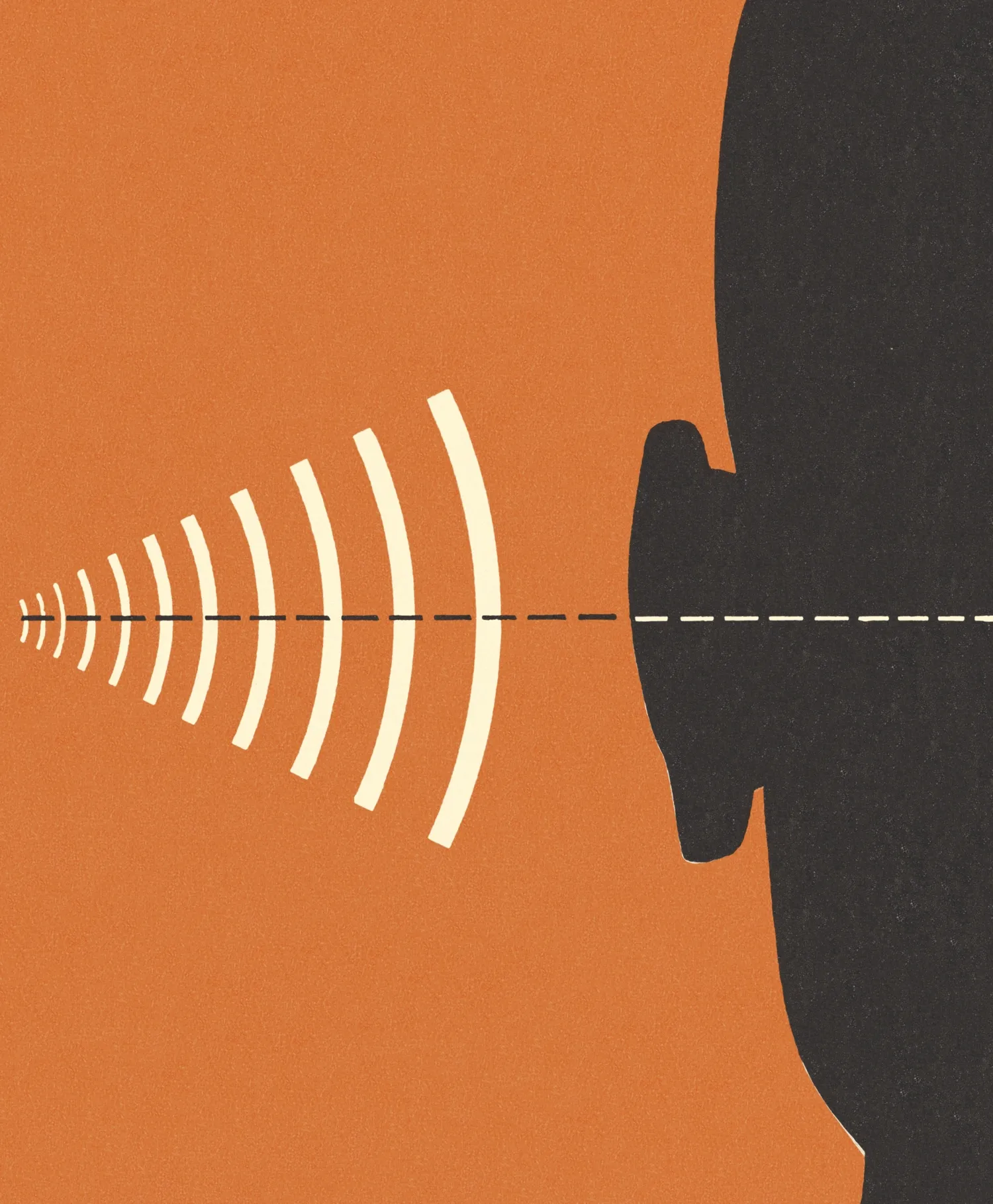What is tinnitus?
One of the most prevalent and distressing condition associated with hearing loss is tinnitus, or ringing in the ears, which is defined by the perception of sounds in spite of their physical absence. This neurological disorder affects 10-15% of the population and is predicted to double in Europe by 2050. In 1 out of ten, severe tinnitus distracts sufferers from work, interferes with concentration and sleep, increases the risk of disability pension and can be so severe as to trigger suicide. Both patients and therapists are highly unsatisfied by the available therapeutic options, and ENTs most often recommend patients to “live with it”. This is in part due to the lack of fundamental knowledge on the mechanisms causing tinnitus, and those making it persistent and severe.
The goal of the laboratory is to increase the understanding of the mechanisms underlying hearing loss and the maladaptive plasticity occurring during tinnitus with hopes to develop new treatments and drugs to improve hearing function and silence tinnitus.
Our research
Our ultimate goal is the prevention and cure of hearing loss and tinnitus. For this purpose, we have established collaborations with both clinical researchers and the industry to facilitate the translation of our findings into cures. The laboratory focuses on i) the molecular mechanisms that regulate synaptic uncoupling in the ear, ii) the mechanisms that govern homeostatic plasticity in the brain during tinnitus, iii) the causative relationship between peripheral damage and phantom sound generation. We have a dual approach using animal models of hearing loss and tinnitus to decipher the signaling pathways disrupted in the ear and/or in the brain but also using genetics in multi-case families with history of tinnitus and/or hearing loss, having in aim the identification and validation of new targets for drug development.
To address this challenge, we use a battery of techniques including behavior, neuroimaging, auditory electrophysiology, molecular biology, synaptic histology, cell culture, cytometry, mouse and human genetics and epidemiology.

Tinnitus Genetic and Environmental Risks (TIGER)
There are increasing initiatives for integrating gender dimensions in research. In this regard, the GENDER-NET ERA-NET program, has received funding from the EU FP7 framework to engage EU member states into implementing gender equality plans in their institutions, and relevant to us: ensure that all phases of basic and applied research integrates sex and gender dimensions.
The Swedish Tinnitus Outreach Project (STOP) was created in the aim of better characterising tinnitus and identify potential subtypes, which would be better responding to specific therapeutic interventions. The Project Leader, Dr. Christopher R. Cederroth from the Karolinska Institutet, then joined the European School of Interdisciplinary Tinnitus (ESIT) for integrating a interdisciplinary approach in tinnitus research and educate the future tinnitus researchers with a set of skills necessary for achieving innovative treatment options.
Within the first years of ESIT, we have found using data from STOP that women with constant tinnitus are accompanied with a greater burden (stress, anxiety, sensitivity to noise, physical and psychological life quality) than men (Schlee et al., 2017). This opened the possibility of different pathophysiological mechanisms operating in men and women. This hypothesis was recently granted financial support from the GENDER-NET PLUS ERA-NET Co-Fund to investigate further the sex and gender differences in tinnitus.
Thirteen projects were selected for financing, of which 5 include Karolinska Institutet as a partner.
Dr. Cederroth will coordinate the project TIGER (Tinnitus Genetic and Environmental Risks), in collaboration with Jose Antonio Lopez-Escamez (Spain), Silvano Gallus (Italy) and Jan Bulla (Norway).
Collaborations
National collaborators
- Professor Barbara Canlon, Karolinska Institutet
- Professor Patrick Sullivan, Karolinska Institutet
- Professor Daniel Lundqvist, Karolinska Institutet
- Professor Anna Magnusson, Karolinska Institutet
- Dr. Volker Lauschke, Karolinska Institutet
- Dr. François Lallemend, Karolinska Institutet
- Dr. Inger Uhlén, Karolinska Hospital
International collaborators
- Professor Berthold Langguth, University Hospital of Regensburg, Germany
- Professor David Baguley, University of Nottingham, UK
- Professor Deborah Hall, University of Nottingham, UK
- Professor Birgit Mazurek, Charité Hospital, Germany
- Dr. Silvano Gallus, Institute of Research Mario Negri, Italy
- Professor Jan Bulla, University of Bergen, Norway

